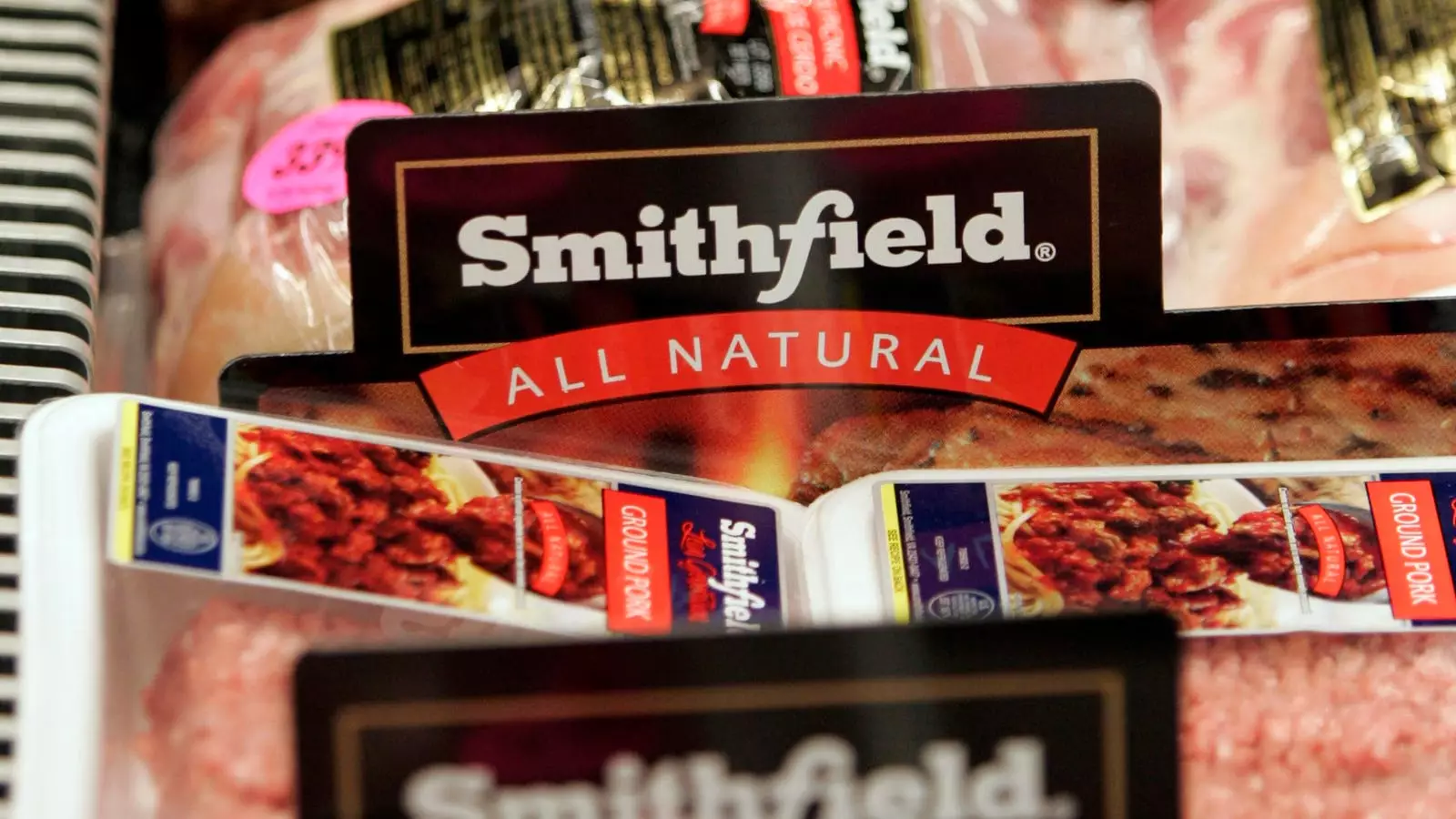This past week in Washington, D.C., has been nothing short of tumultuous, with significant events unfolding that could have lasting repercussions on the political and economic landscape of the country. Among the most notable occurrences was the abrupt dismissal of the inspector general of the Agriculture Department, which raises questions about transparency and governance within one of the nation’s most crucial institutions. Complementing this drama were the confirmation hearings for Robert F. Kennedy Jr., which attracted widespread media attention and public interest. Adding to the intensity, looming tariffs are set to challenge the stability of various sectors. These events illustrate a moment of heightened scrutiny in U.S. politics, revealing the complex interplay between government actions, industry impacts, and public perception.
In the midst of these significant political developments, there has been ongoing speculation and analysis regarding the public listing of Smithfield Foods—the largest pork producer in the United States. Acquired in 2013 by WH Group, a Chinese corporation headed by billionaire Wan Long, this acquisition marked a pivotal moment in U.S.-China relations and set a precedent for international investments in American agriculture. Initially purchased for a staggering $4.7 billion, the recent spinoff aims to capitalize on market trends and investor interest. However, early reactions to the initial public offering (IPO) have been far from stellar, drawing mixed responses from analysts and stakeholders alike.
Concerning the long-term implications, Wan Long, whose wealth is estimated at $1.4 billion, is strategically positioned to benefit from this market play even if the short-term performance disappoints. The complexities of global economics and changing consumption patterns place Smithfield at the nexus of agricultural innovation and traditional food markets. This juxtaposition offers a fascinating glimpse into the future of food production and the dynamics of international business.
The ongoing developments surrounding Smithfield represent larger trends shaping the future of the food industry in America. As consumer preferences shift towards sustainability and traceability, companies like Smithfield will need to adapt to maintain relevance. Financial maneuvers such as IPOs signal an era where companies must balance profitability with consumer desire for ethical practices. The public’s appetite for transparency is fostering discussions about the treatment of livestock, environmental implications of pork production, and the economic realities faced by agricultural workers.
As policymakers and industry leaders navigate this intricate web of political and economic factors, the fate of major players like Smithfield will serve as a critical case study. Observers should expect a continued evolution of not just agricultural practices but also the broader socio-political implications of these shifts. With every update, whether it’s a dismissal in D.C. or a market response to corporate maneuvers, one thing remains clear: the intersection of agriculture, politics, and consumer behavior will continue to shape America’s food landscape for years to come.

